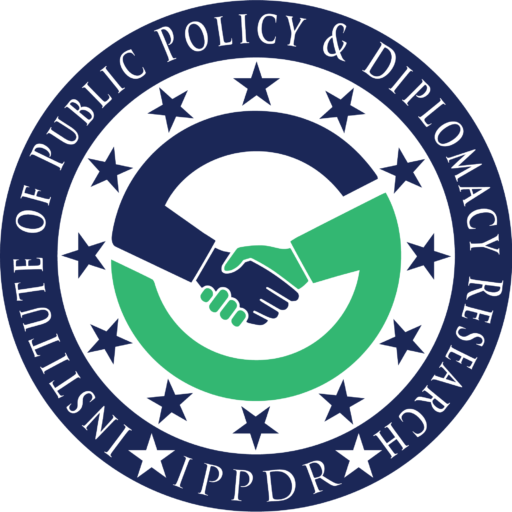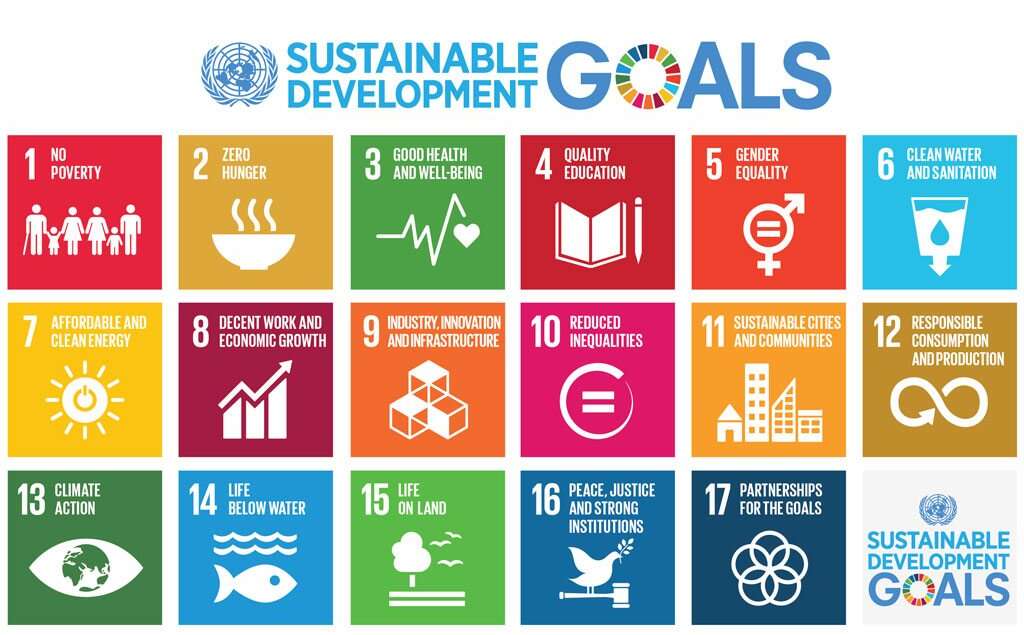The Sustainable Development Goals

The Sustainable Development Goals (SDGs) are a set of 17 goals adopted by the United Nations (UN) in 2015 to end poverty, protect the planet, and ensure peace and prosperity for all[1][2][4][6]. The goals are a call to action by all countries, developed and developing, in a global partnership[4]. The SDGs are integrated and recognize that action in one area will affect outcomes in others, and that development must balance social, economic, and environmental sustainability[6]. The 17 SDGs are:
- No Poverty
- Zero Hunger
- Good Health and Well-being
- Quality Education
- Gender Equality
- Clean Water and Sanitation
- Affordable and Clean Energy
- Decent Work and Economic Growth
- Industry, Innovation and Infrastructure
- Reduced Inequalities
- Sustainable Cities and Communities
- Responsible Consumption and Production
- Climate Action
- Life Below Water
- Life on Land
- Peace, Justice and Strong Institutions
- Partnerships for the Goals
The SDGs build on the success of the Millennium Development Goals (MDGs) and aim to go further to end all forms of poverty, fight inequalities, and tackle climate change, while ensuring that no one is left behind[2].
Citations:
[1] https://developers.google.com/community/gdsc-solution-challenge/UN-goals
[2] https://www.un.org/sustainabledevelopment/development-agenda-retired/
[3] https://www.nationalgeographic.org/article/sustainable-development-goals/
[4] https://sdgs.un.org/goals
[5] https://en.wikipedia.org/wiki/Sustainable_Development_Goals
[6] https://www.undp.org/sustainable-development-goals

